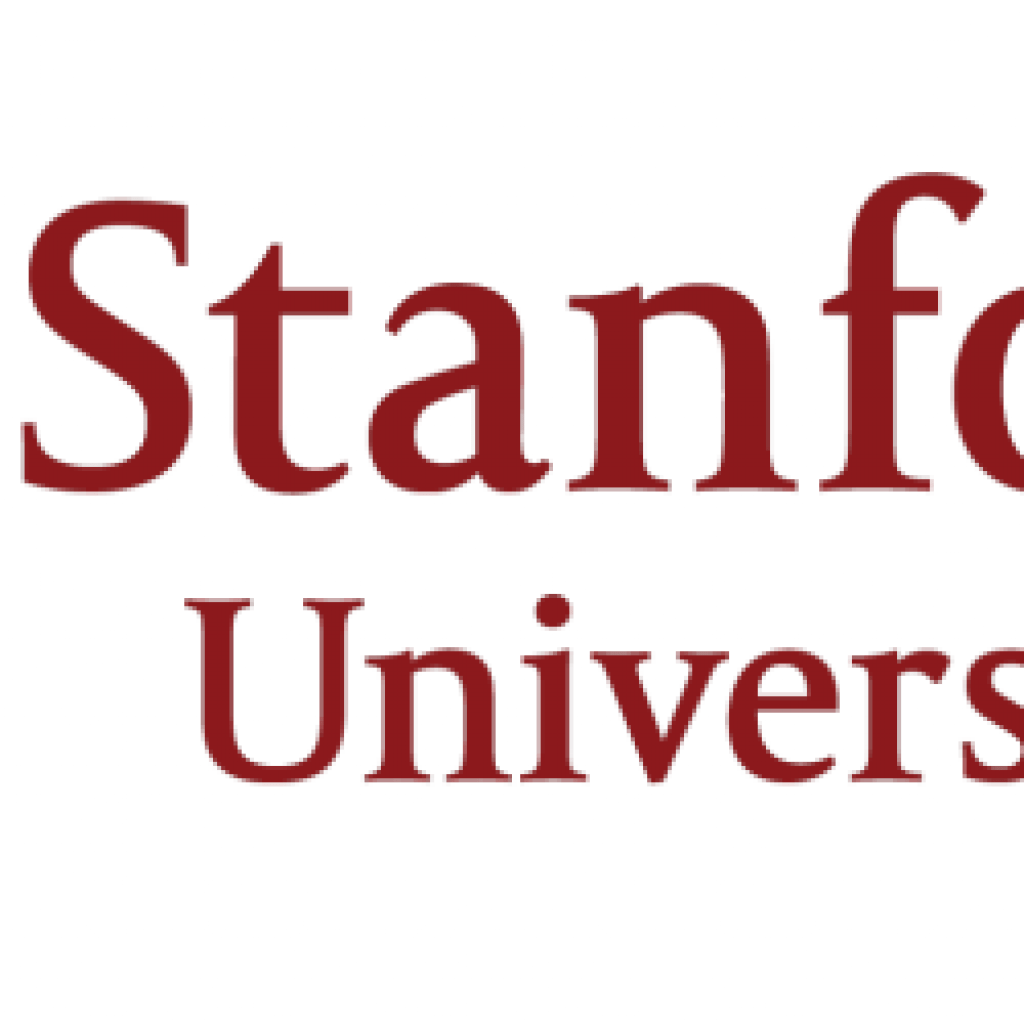(ScienceDaily) Frequency microcombs are specialized light sources that can function as light-based clocks, rulers and sensors to measure time, distance and molecular composition with high precision. New research from Stanford presents a novel tool for investigating the quantum characteristics of these sources.
Each “tooth” of the comb is a different color of light, spaced so precisely that this system is used to measure all manner of phenomena and characteristics. Miniaturized versions of these combs — called microcombs — that are currently in development have the potential to enhance countless technologies, including GPS systems, telecommunications, autonomous vehicles, greenhouse gas tracking, spacecraft autonomy and ultra-precise timekeeping.
The lab of Stanford University electrical engineer Jelena Vučković only recently joined the microcomb community. “Many groups have demonstrated on-chip frequency combs in a variety of materials, including recently in silicon carbide by our team. However, until now, the quantum optical properties of frequency combs have been elusive,” said Vučković, the Jensen Huang Professor of Global Leadership in the School of Engineering and professor of electrical engineering at Stanford. “We wanted to leverage the quantum optics background of our group to study the quantum properties of the soliton microcomb.”
While soliton microcombs have been made in other labs, the Stanford researchers are among the first to investigate the system’s quantum optical properties, using a process that they outline in a paper published Dec. 16 in Nature Photonics.
When created in pairs, microcomb solitons are thought to exhibit entanglement — a relationship between particles that allows them to influence each other even at incredible distances, which underpins our understanding of quantum physics and is the basis of all proposed quantum technologies. Most of the “classical” light we encounter on a daily basis does not exhibit entanglement.
Microcombs in data centers could boost the speed of data transfer; in satellites, they could provide more precise GPS or analyze the chemical composition of far-away objects. The Vučković team is particularly interested in the potential for solitons in certain types of quantum computing because solitons are predicted to be highly entangled as soon as they are generated.
With their platform, and the ability to study it from a quantum perspective, the Nanoscale and Quantum Photonics Lab researchers are keeping an open mind about what they could do next. Near the top of their list of ideas is the possibility of performing measurements on their system that definitively prove quantum entanglement.
The research was funded by the Defense Advanced Research Projects Agency under the PIPES and LUMOS programs, an Albion Hewlett Stanford Graduate Fellowship (SGF), an NSF Graduate Research Fellowship, the Fong SGF and the National Defense Science and Engineering Graduate Fellowship.
